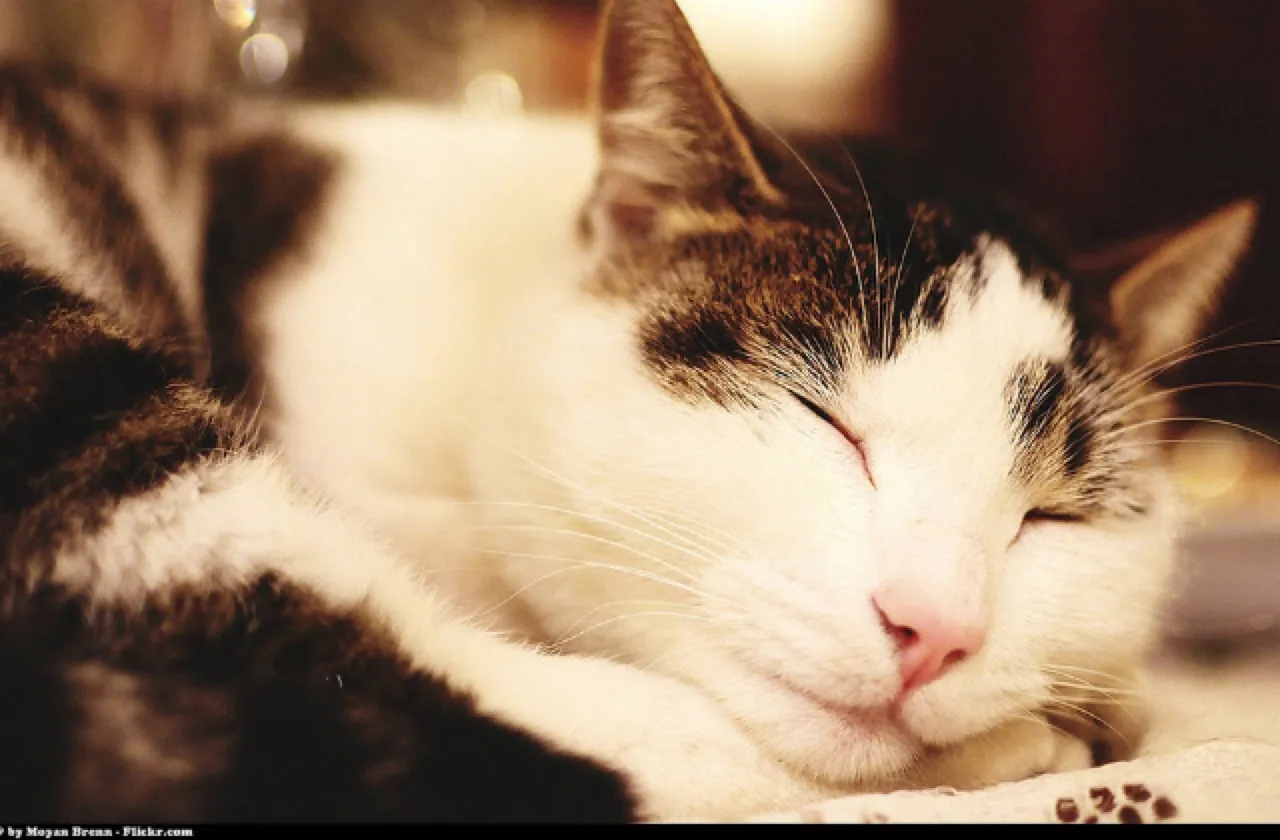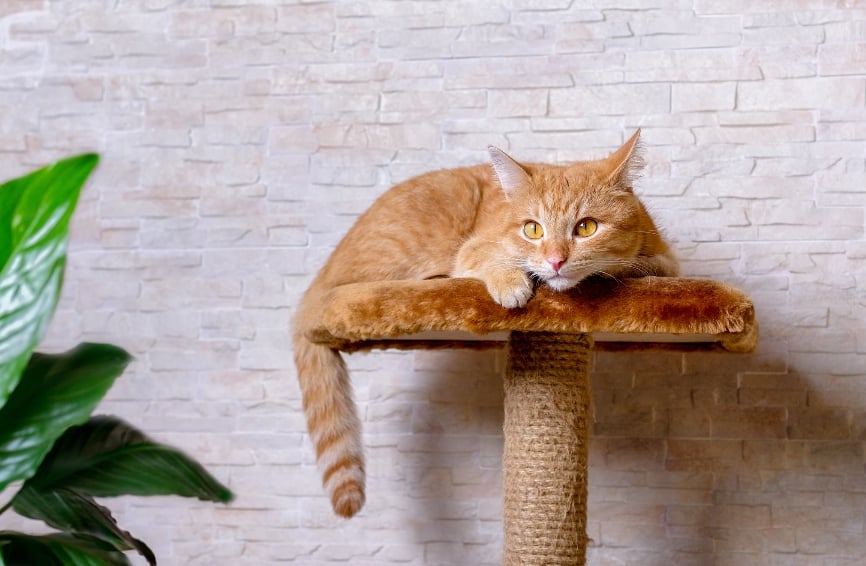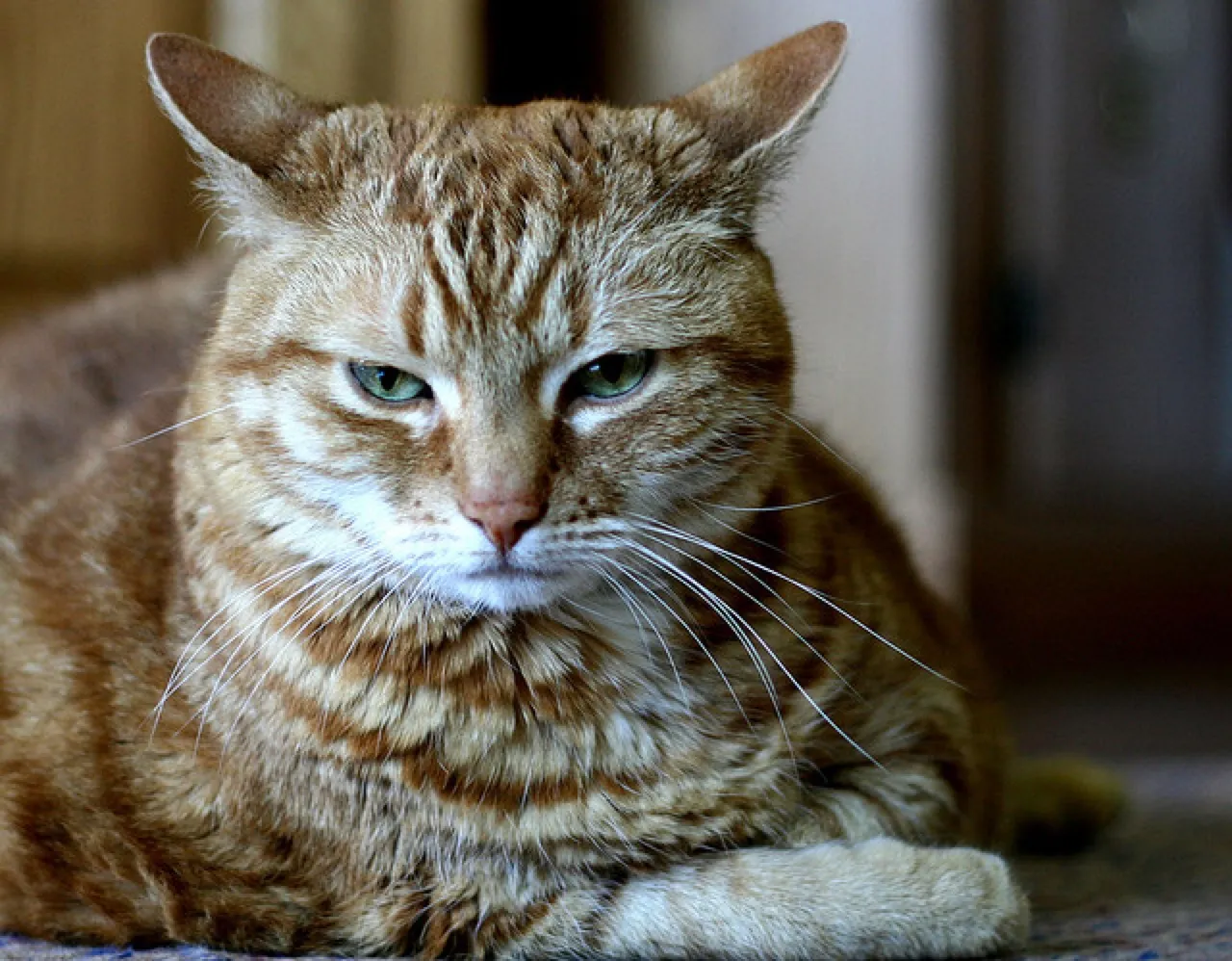
There’s something comforting about the purr of a cat, which may even have health benefits for humans. So what is this magical, mystical murmur?
“Scientists have demonstrated that cats produce the purr through intermittent signaling of the laryngeal and diaphragmatic muscles,” says Leslie A. Lyons, an assistant professor at the University of California, Davis vet school. “Cats purr during both inhalation and exhalation with a consistent pattern and frequency between 25 and 150 Hertz.” This range of sound frequencies has been shown to improve the health of bones and muscles. Purring is special type of vocalization, as it’s possible when a cat is breathing in and out. Other vocalizations, like meows and chirps, can only happen during an exhale, similar to human speech.
While we typically associate cats’ purrs with happiness or relaxation, it’s also a response to stress and hunger. These mixed responses by felines are still being studied by researchers and are heavily debated. “All behavior depends on history, context and expectation,” says Tony Buffington, an Ohio State University cat expert and veterinarian. “So it’s naive to think that cats can only purr for one reason—it’s like thinking that people can only laugh for one reason.”
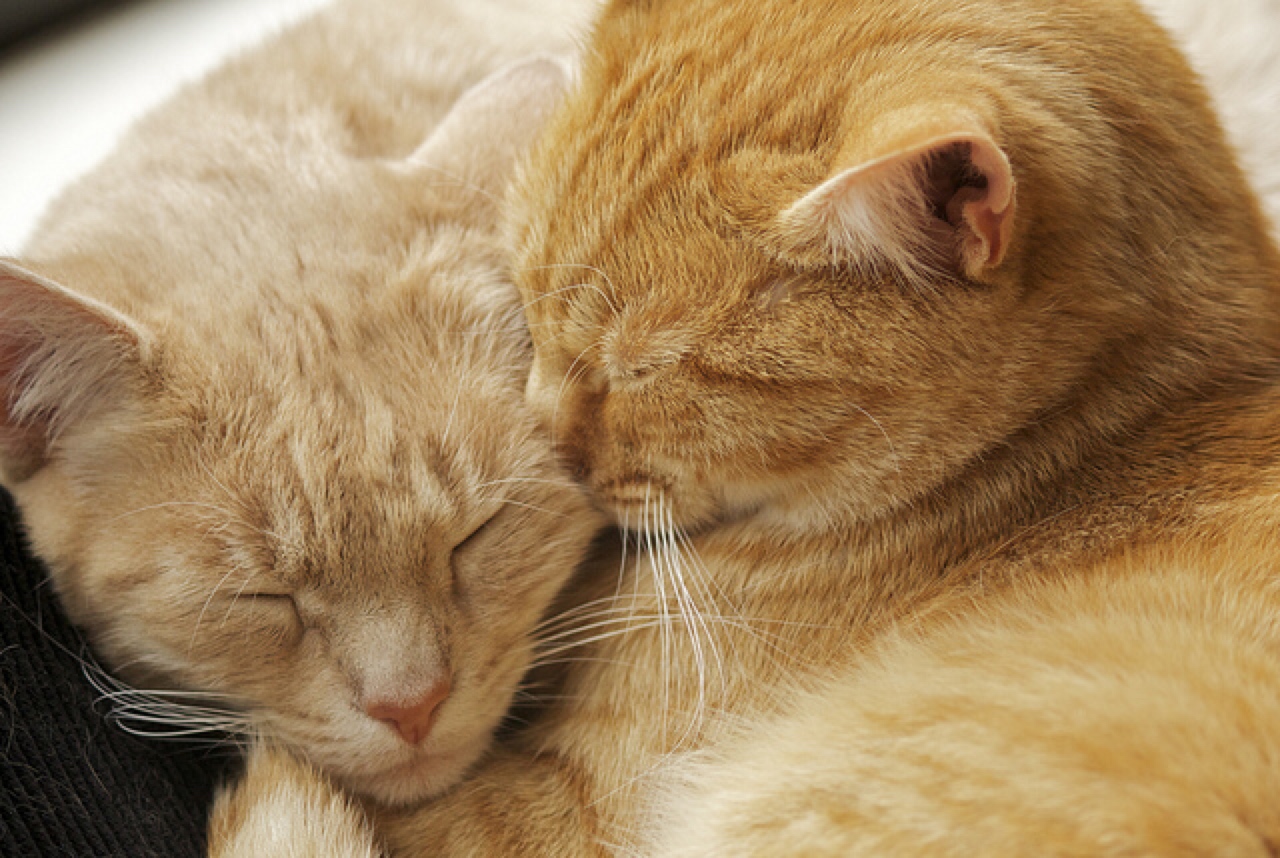
One theory states that the vibrations created by a cat’s purr promote bone density and muscle health. Cats’ low-energy lifestyle puts them at risk for muscle atrophy and a decrease in bone density, although felines have much lower incidence of bone and muscle diseases compared to dogs.
Cats may also purr to communicate with others nearby; the low frequency of a purr doesn’t allow sound to travel very far. A recent Wired magazine article compares cats’ purring to “self-soothing” human actions, like laughing, crying, procrastination and even organizing. Veterinarians – and avid watchers of viral cat videos – have observed “purr therapy,” where one cat lies with an injured animal and loudly purrs.
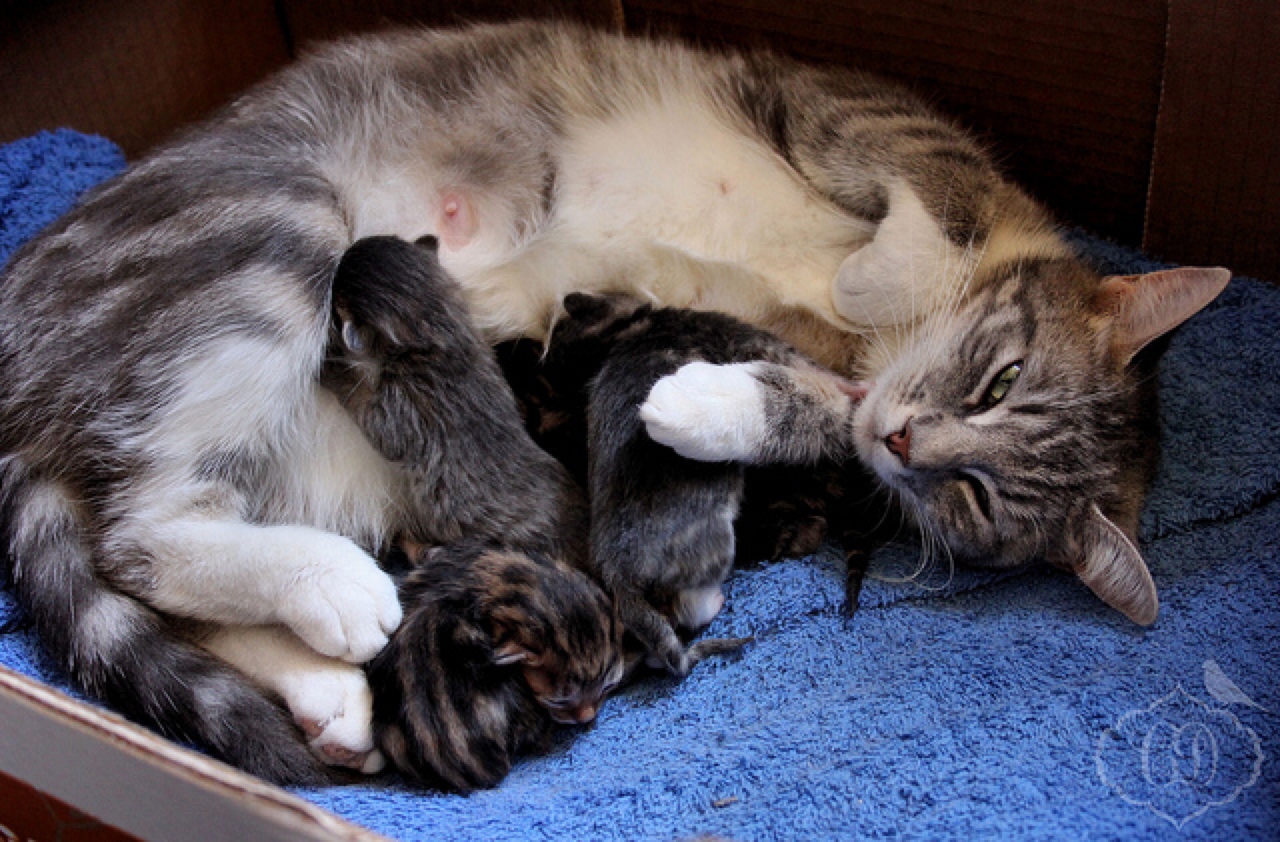
Mother cats also purr when nursing, which may be an attempt to pass on health benefits as well as bond with their babies. Kittens begin purring within several days of birth, which scientists see as reassuring communication to their mother.
Purring is unique to domestic cats, although some medium- to large-sized felines also purr, including the bobcat, cheetah, lynx and puma. The big cat family displays purr-like vocalizations, but tigers, lions, jaguars and leopards don’t have a “true” purr. Early animal taxonomists divided felines between “purrers” and “roarers,” resulting in the two subfamilies Felinae and Pantherinae – domestic cats belong to the former group, Felinae.
Pay attention to your own cat, noting when he or she purrs the most or loudest. Like laughter in humans, purring is a behavior unique to each individual feline. Many cats purr the loudest at mealtime or when a pet parent returns home.
Why do cats purr? Like many other things about our fickle felines, the world may never know.
Featured image via Flickr.com/aigle_dore.
